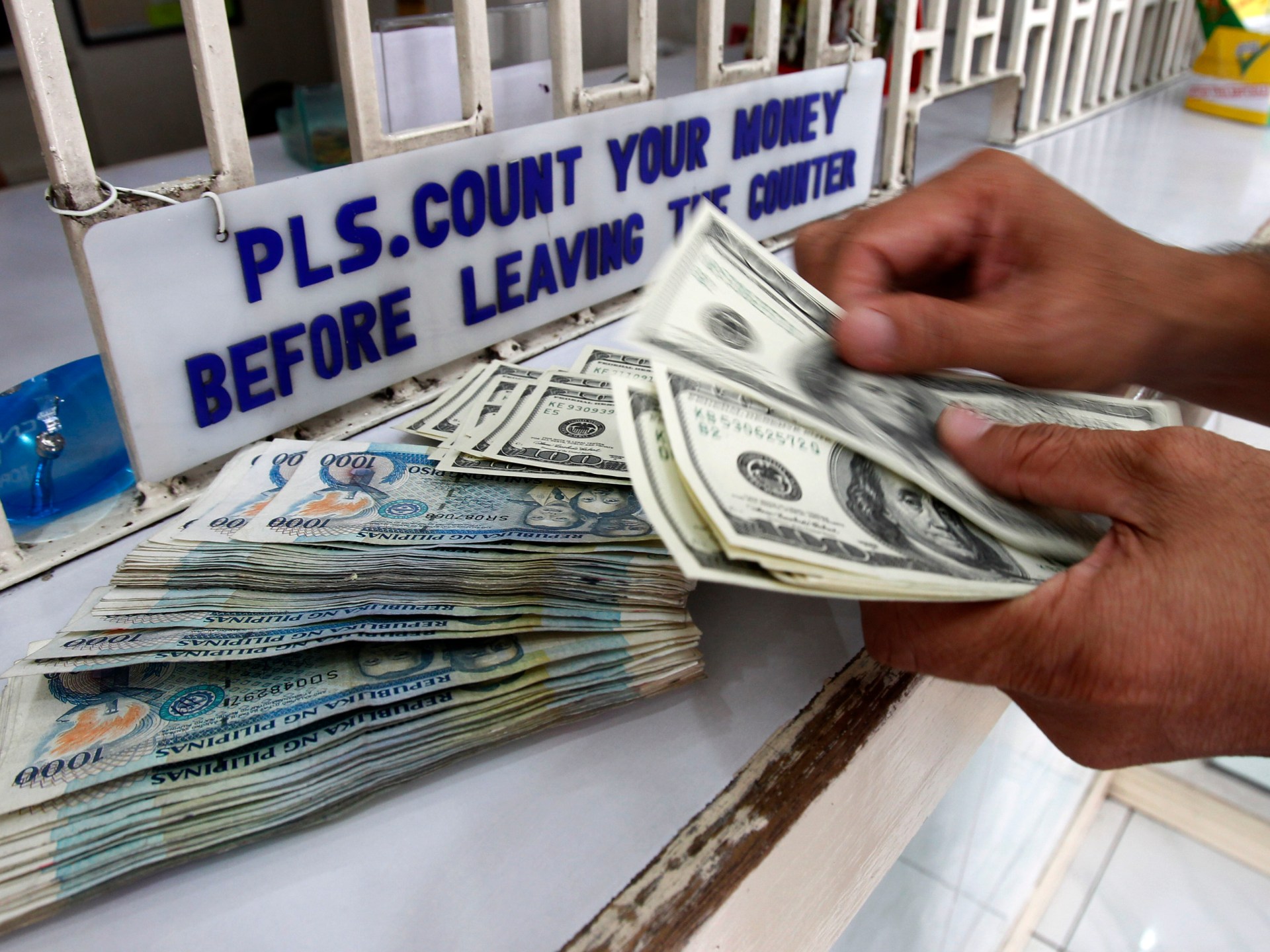US government shutdown averted. What happens next?
Congress has passed a stopgap measure, but will lawmakers agree on detailed spending bills for the entire fiscal year?
The US Congress has passed a stopgap funding bill, averting for now a looming government shutdown that would have disrupted many services, squeezed federal employees and roiled politics.
The House of Representatives voted 335-91 late on Saturday to fund the government temporarily, with 209 Democrats supporting the measure compared with 126 Republicans in a show of rare unity that ended the stalemate.
If no funding legislation was enacted, federal agencies would have stopped all non-essential work and would not send paychecks as long as the shutdown would last.
US President Joe Biden signed the bill after it was cleared by the Democratic-controlled Senate. The Republicans narrowly control the US House of Representatives.
Here are the main things you should know about what is ahead:
Temporary funding
The fact that the bill will only liquidate the government for a further 45 days means that renewed intense discussions lie ahead in the two bodies of Congress, the Senate, and the House of Representatives, to avert another potential shutdown.
Therefore, if an agreement cannot be reached by November 17, millions of federal workers will, once again, face delayed paychecks, including many of the roughly two million military personnel and more than two million civilian workers across the nation.
Before the last-minute deal, federal agencies had already drawn up detailed plans that spell out what services would continue, such as airport screening and border patrols, and what must shut down, including scientific research and nutrition aid to seven million poor mothers.
President, Democrats fight for Ukraine funding
US Congress has blocked new aid for Ukraine in the government spending deal despite calls from the White House and efforts by Democratic members of the Congress.
Biden has and will be been pressing Congress in the days ahead to provide an additional $24bn for Ukraine and other international needs amid Russia’s ongoing invasion.
According to the US media, the Senate had proposed a bipartisan bill to send about $6bn to Kyiv, but Democrats cautious of being accused of a government shutdown passed the House version of the bill with no aid.
“We cannot under any circumstances allow American support for Ukraine to be interrupted,” Biden said in a statement after the bill was passed.
Ukrainian President Volodymyr Zelenskyy asked for more aid from the US in a visit in late September when he met with Biden as well as top military officials and addressed Congress. The Biden administration has given more than $75bn in assistance to Ukraine since the war began in February 2022.

Future of House Speaker McCarthy
The shutdown crisis was largely triggered by a small group of hardline Republicans who had defied their own party leadership to scupper various temporary funding proposals as they pressed for deep spending cuts.
The group of 21 hardliners had threatened to remove Kevin McCarthy as speaker if a stopgap measure they opposed was passed with Democrat support, and many Washington watchers were expecting the speaker to have to fight for his job in the coming weeks.
McCarthy sought to convey confidence both about his own future and the prospects for securing a final agreement by the new mid-November deadline.
“In 45 days, we should get our work all done,” he said while seeming to offer a hand to the hardliners, saying, “I welcome those 21 back in.”
Credit concerns
The government shutdown standoff comes just months after Congress brought the federal government to the brink of defaulting on its $31.4 trillion debt.
The drama has raised worries on Wall Street, where the rating agency Moody’s has warned it could damage US creditworthiness.
Moody’s has an “Aaa” rating for the US government with a stable outlook – the highest creditworthiness it assigns to borrowers.
It is the last major agency with such a rating after Fitch downgraded the US government Aaa rating by one notch in August to AA+ – the same rating assigned by S&P Global in 2011.



